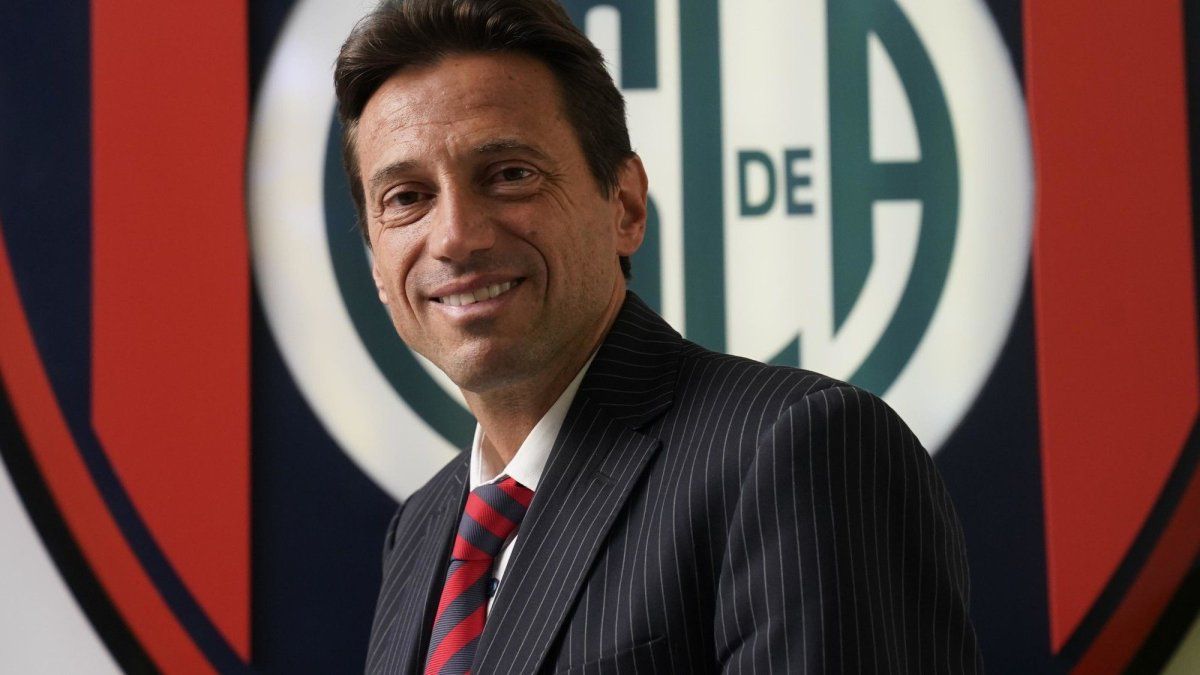In the Internet age, data volumes are through the roof, streaming or downloads are an integral part of many citizens’ everyday lives. Telekom is accelerating its fiber optic expansion.
Deutsche Telekom wants to make significant gains in its business with fiber optic Internet customers this year. As the group announced in Bonn, it had made “Fiber to the Home” (FTTH) available to 7.9 million households by the turn of the year – that was 2.5 million than the year before. Between 2.5 and 3 million are expected to be added in 2024.
Of the total number, only just under a million had concluded a corresponding FTTH contract at the end of 2023. So far, the majority have forgone the very fast and stable, but also comparatively expensive, fiber optic landline network. Last year, the number of FTTH customers increased per quarter in the range 64,000 to 88,000. This year, Telekom CFO Christian Illek expects that the number will “go through hundreds of thousands” per quarter, i.e. six figures.
Fiber optics is considered the key technology to make Germany fit for the digital age, in which the transmission of huge amounts of data is becoming increasingly important. In contrast to telephone lines (VDSL), FTTH offers large bandwidths that are transmitted stably and very quickly – a gigabit or even more per second is possible. Television cables are also seen as being phased out in the future.
Fiber optic uptake rate is only around 13 percent
The federal government set the goal of having fiber optics in all households by 2030. To date, Telekom has installed the most FTTH by far, while competitor Vodafone entered mass expansion late with a subsidiary. Providers like Deutsche Glasfaser are also involved, but are significantly smaller than the top dog in Magenta.
Mathematically, the takeup rate – i.e. the ratio of the fiber optic connections used to the available connections – is only around 13 percent. Telekom boss Tim Höttges said that in the next few years the figure will be 30 to 40 percent. He didn’t get any more specific. “The investments will be worthwhile in the long term,” emphasized CFO Illek.
Alternative: vectoring
When asked why only such a small proportion of people have accessed and booked fiber optic speed so far, Illek emphasized that it just takes time for demand to pick up significantly. In addition, Telekom is by no means dependent on FTTH, as it also offers “super vectoring” – i.e. telephone lines on which, according to the company, a download speed of 0.25 gigabits per second is possible. The only important thing is that people become Telekom customers, said the CFO. “If they say that a vectoring connection in my area is enough for me, then that’s also a good thing.” Overall, Telekom is continually gaining market share.
Net profit more than doubled
Höttges and Illek also presented the group figures for the past financial year, in which sales fell by 2.1 percent to almost 112 billion euros due to negative exchange rate effects. Without exchange rate effects it would have been a small plus. Net profit was 17.8 billion euros, which was more than double. The increase was due to the sale of the majority of the radio tower division. This year we have the confidence to “go one step further,” said Höttges. The operating result (Ebitda AL), which only rose by 0.7 percent in 2023, is expected to increase by around six percent in 2024.
Business was going well in Germany: sales rose by 2.8 percent to 24.5 billion euros and the operating result rose by 4.1 percent to 9.8 billion euros. Telekom was ahead when it came to attracting customers: While Vodafone was able to increase the number of its mobile contract customers by around 95,000 in the final quarter of the year and Telefónica Deutschland (O2) by 284,000, Telekom in Germany increased by 360,000.
Source: Stern




